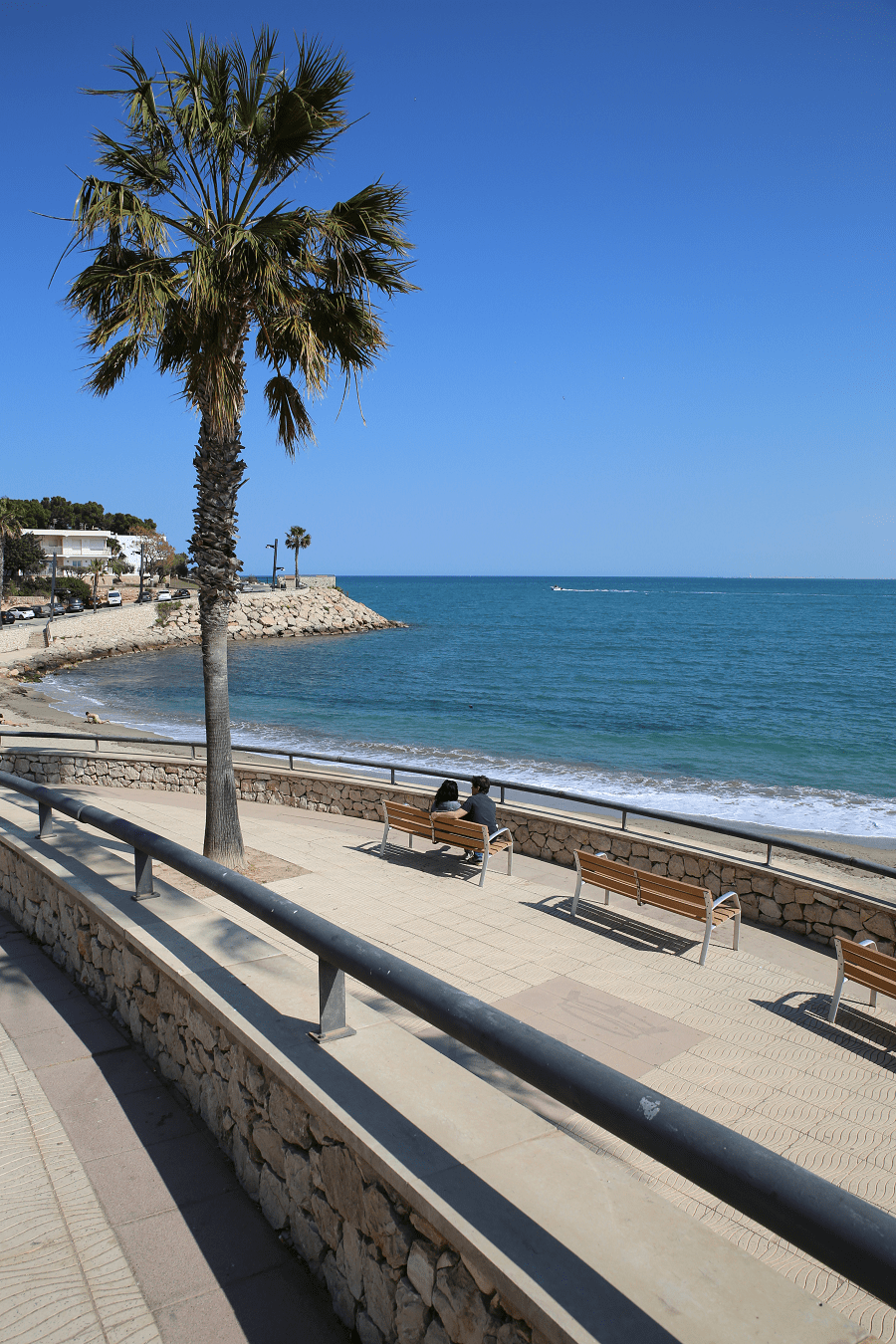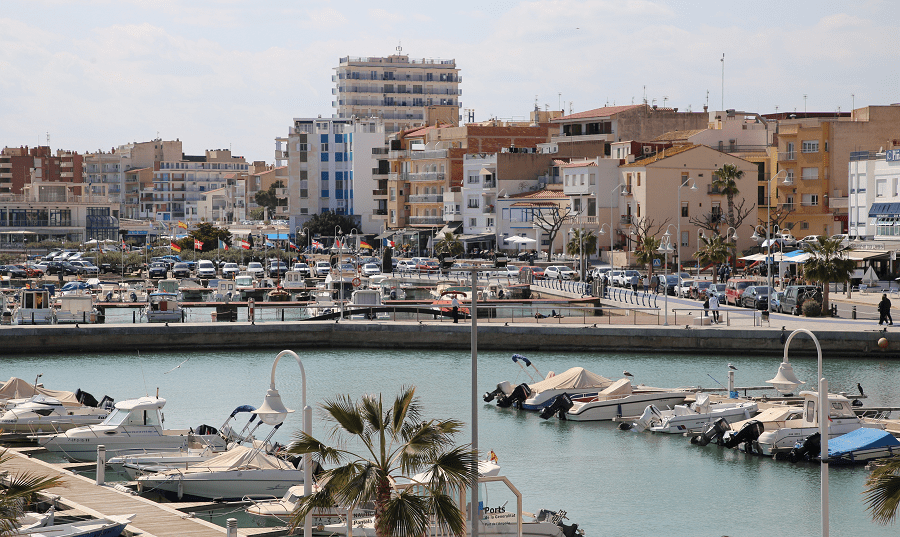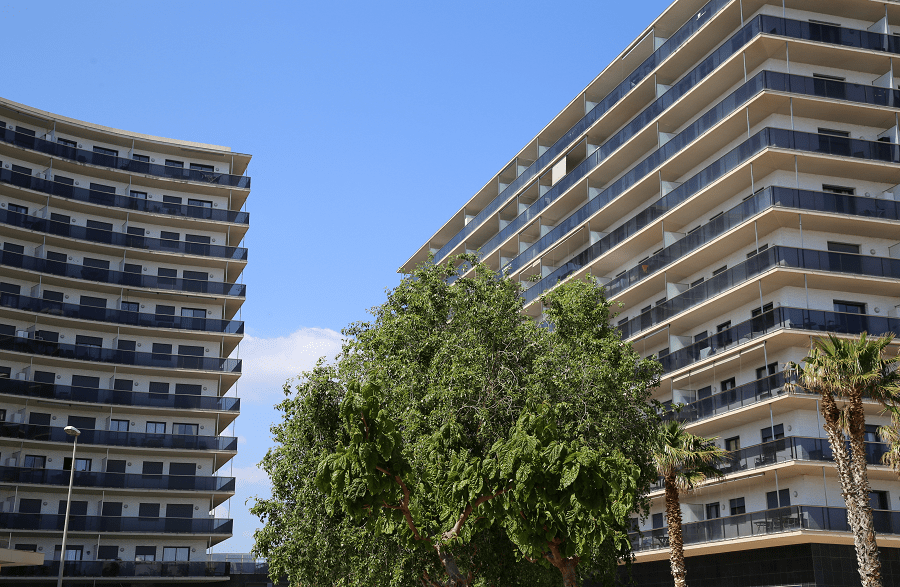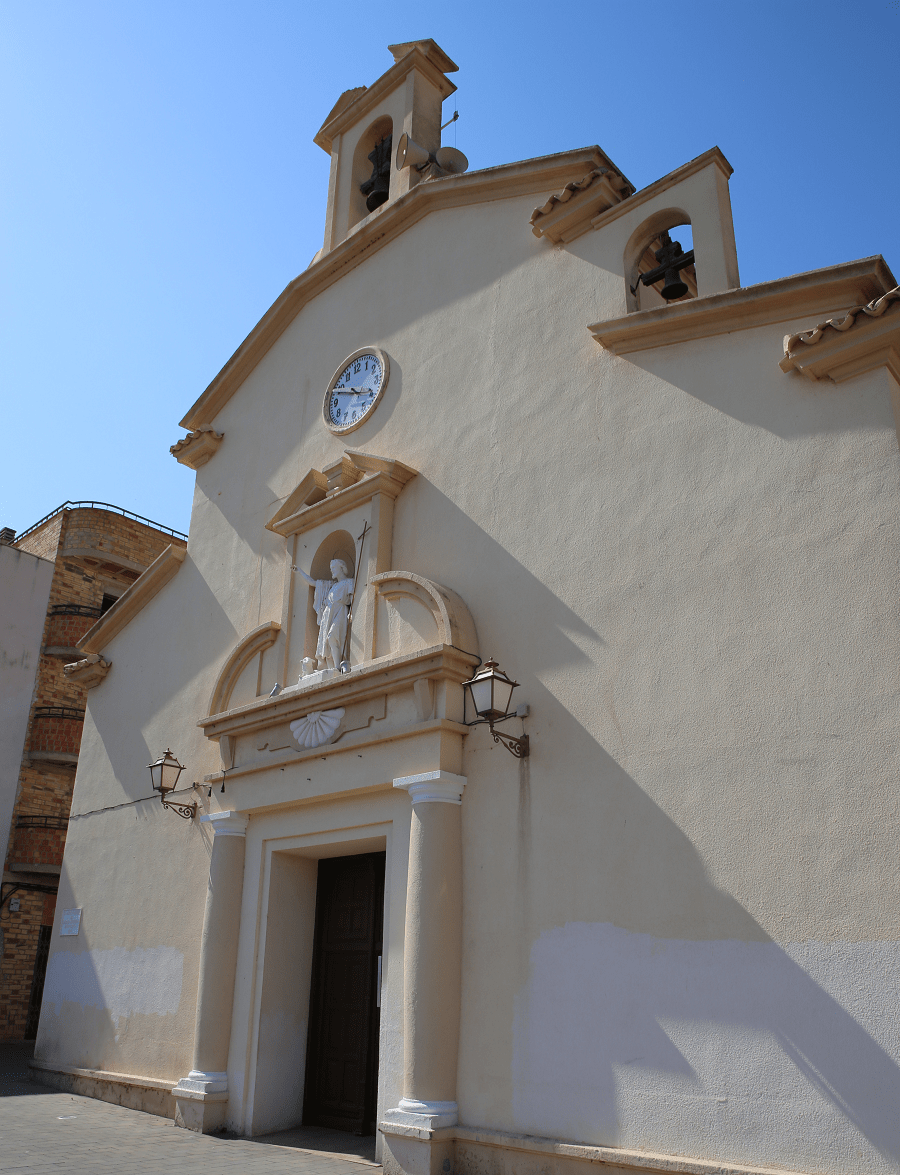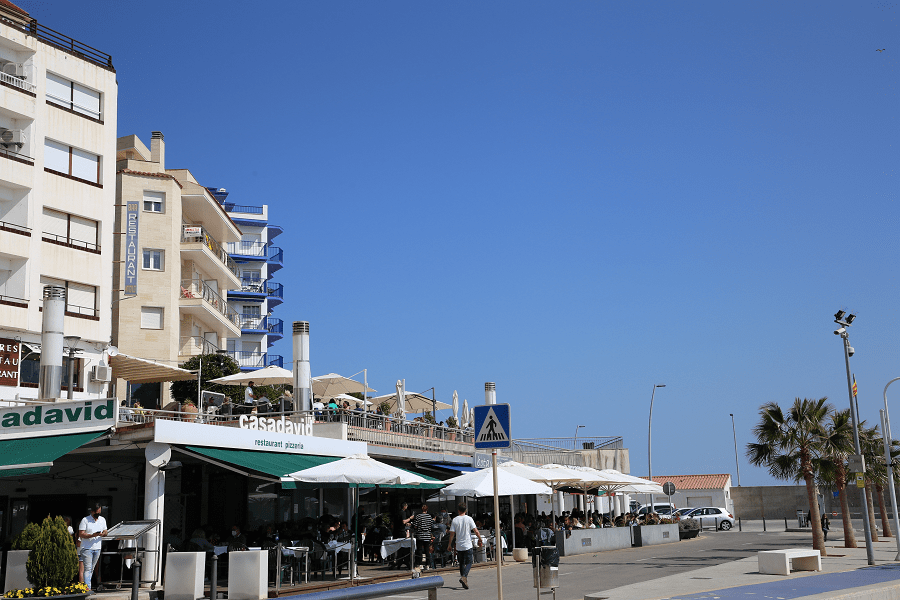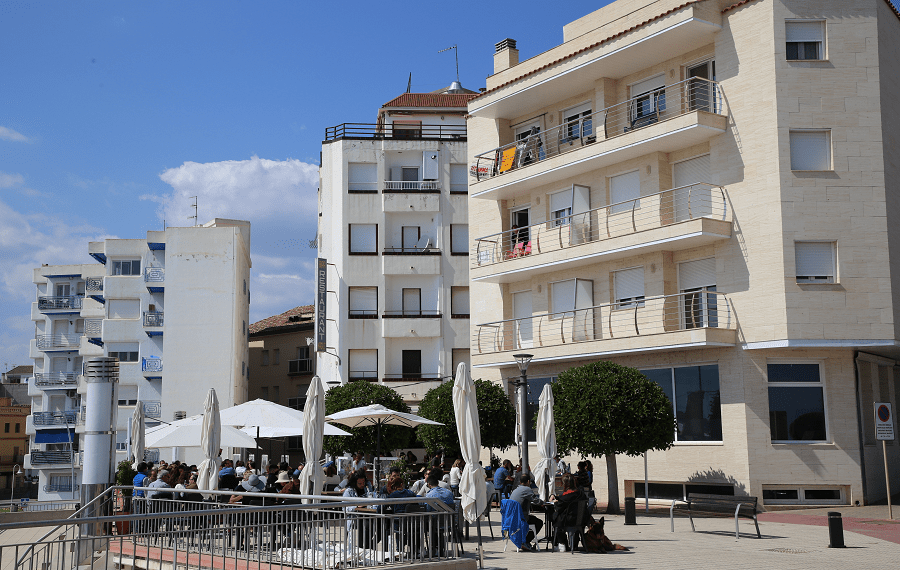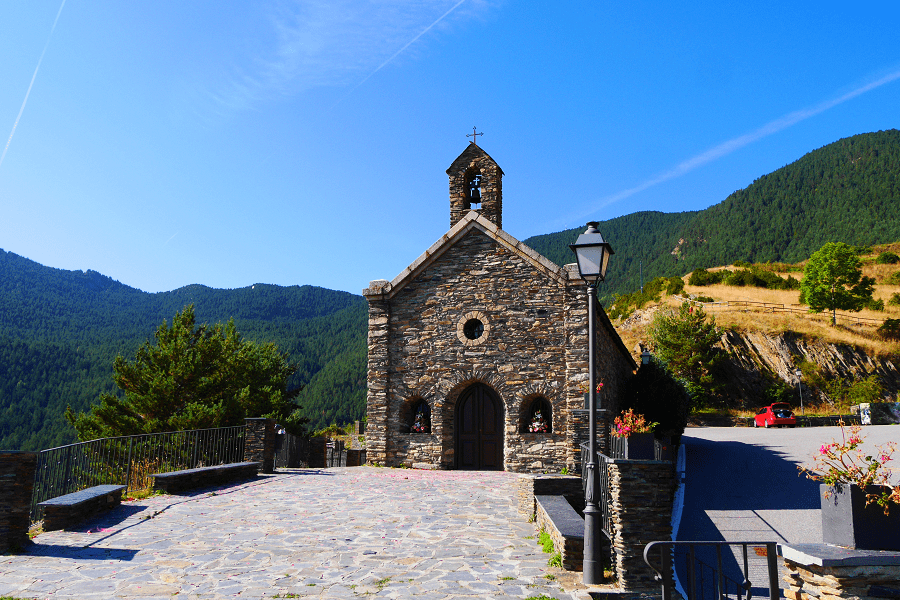L’Ampolla (cat. L’Ampolla) is a municipality in Spain, part of the province of Tarragona in the autonomous community of Catalonia. The municipality is part of the district Baix Ebre.
L’Ampolla is an ancient port town located on the shores of the Balearic Sea, in the Ebro Delta. The name L’Ampolla is associated with the silhouette of an amphora, which had the mouth of the Ebro River, a space that currently concentrates all the components of the Ebro Delta: sea, bay, land, dunes … This same space changes the flat terrain with an alluvial steep coastline with its sand and rocks, olive trees, rice fields and lagoons … All this creates a unique aquatic blend of Mediterranean essence.
History
The origins of L’Ampolla date back to the Iberian era. Historians have determined that L’Ampolla is the Hellenic city known as Lebedontia, inhabited by the Iberian tribe known as the Edentants or Erdets. Remains of the Roman and pre-Roman period in the form of coins, amphorae and antefixes (images of a woman made of baked clay) confirm that the history of the village goes back to those times.
L’Ampolla was originally a guesthouse located on the road between Tarragona and Valencia. According to documents, several families of fishermen already lived on this site in the sixteenth century. The history of L’Ampolla is closely connected not only with fishing, but also with sea shipping.
It is also known that in the middle of the 16th century, Pope Adrian VI left L’Ampolla for Rome.
At the end of the nineteenth century, progress influenced the development of the Spanish coastline, which helped define the tourist profile of L’Ampolla and brought it closer to the major Catalan cities. During the swimming season, the city’s beaches quickly became popular, especially among the residents of Tortosa, from where a special train for holidaymakers departed in summer. Since then, the summer season and tourism have become two key elements of L’Ampolla’s economy.
Great historical events on the international stage have also influenced the history of the village. In 1917, during the First World War, a German submarine sank the French ship Medjerda.
Attractions
The city cannot boast of any famous architectural landmarks. Tourists choose a holiday in L’Ampolla because of its natural splendor. For example, Laguna Olles (cat. Bassa de les Olles), the lagoon of mirages is one of the most famous attractions in the region. The lagoon covers 54 hectares and is the smallest lagoon in the Ebro Delta Natural Park.
Many tourists prefer L’Ampolla to Costa Daurada resorts for its wild beaches.
Beaches
The beaches of L’Ampolla are an undeniable part of the city’s natural wealth, and this is no coincidence. Far from the agglomerations that plague other coastal municipalities, L’Ampolla boasts virtually unspoiled coves and beaches ideal for contemplating the varied landscapes of the Mediterranean.
All nine of its beaches are distinguished by the purest sand and gentle entrance to the water.
Due to its geographical position at the gates of the Ebro Delta, the beaches of L’Ampolla are distinguished by their varied configuration and represent a unique mosaic of the landscape of the Catalan coast. You can find everything from sandy beaches with calm and shallow waters – ideal for the youngest tourists – to small stone or sandy beaches surrounded by reddish cliffs – ideal for diving.
And if you are one of those who love the sun and the blue of the sea during a sports walk, we recommend the Cliff Route, which will give you access to various beaches and coves.
Platja de l’Arenal. Also known as the “beach of tranquility” for its shallow waters, this beach is ideal for children and is located in Fangar Bay in the Ebro Delta. Its fine golden sand is typical of delta beaches. On clear days, a fragment of Fangar and its lantern can be seen on the horizon.
Platja dels Pinets: South of the town of Els Pinets we find this small shallow cove with rocks. This beach is surrounded by large and imposing cliffs that give it a very distinctive look.
Platja de l’Arquitecte: You will find this small beach in the city center, next to the Maritime Club and the promenade. It is surrounded by rocks.
Platja dels Capellans: Marked with the Blue flag (cat. La bandera de platges verges). If you move north of L’Ampolla, you will find this natural refuge of black and white stones that contrast with the vegetation and the cliffs that surround it. Its small size makes it a very cozy place.
Platja del Baconé: If you love walking on the sea, this is the beach for you. Bacone Beach is one of the most attractive places along the route. This small beach of black and white stones contrasts hypnotically with the blue sea water.
Platja de les Avellanes: has been repeatedly awarded the Blue Flag for its water quality and wide range of services. It is a medium sized beach with fine sand and no waves. Les Avellanes beach is located in the city center and you can access a wide range of services such as restaurants and bars.
Platja Cap-Roig: This large sandy beach, awarded a Blue Flag for its quality, stands out for the picturesque surroundings of the reddish cliffs that give it its name.
Cala l’Ascaret: undoubtedly the coziest beach in L’Ampolla. A small shelter formed by several small coves surrounded by greenery. Accessible only on foot.
Cala Maria: Awarded with the Blue flag. This cozy cove of small stones, surrounded by pine trees and cliffs, offers the tranquility needed for those who enjoy walking by the sea. Cala Maria is part of the Ampolla cliff route.
Shopping
Shopping is not a priority on the tourist program.
Cuisine and restaurants
L’Ampolla is considered a paradise for lovers of fish, shrimps, mussels and crabs. It has a number of restaurants, renowned throughout Catalonia, whose menus are replete with culinary delights of seafood prepared according to special recipes.
L’Ampolla oysters are one of the staples of local gastronomy. Their unique taste is due to the properties that the concentration of nutrients brings to it from the mixture of the salt water of the Mediterranean Sea and the fresh water of the Ebro River.
How to get there?
By car:
Take the AP7 motorway (toll) and take exit 39A (l’Ampolla).
Free routes: N-340 motorway, exit l’Ampolla.
From Madrid 5 hr 23 min (544 km) via AP-7 and A-3
By train:
Medium-haul trains arrive at the l’Ampolla-El Perelló-Deltebre train station from Barcelona, Tarragona, Valencia.
Main information
Area: 35 sq. km (municipality)
Coordinates: 40 ° 48 ′ 51 ″ N, 0 ° 42 ′ 36 ″ E
Population: 3 277 (municipality)
Languages: Spanish, Catalan
Currency: Euro
Visa: Schengen
Time: Central European UTC +1




